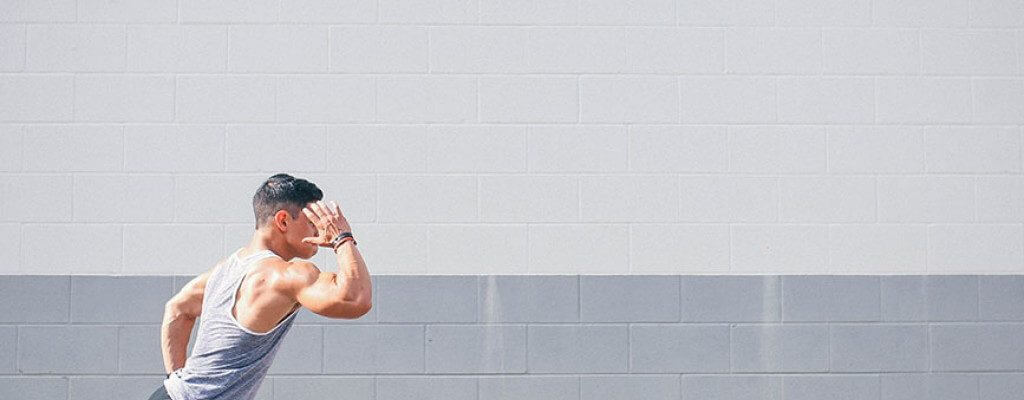Lake View, or Lakeview, is one of the 77 community areas of Chicago, Illinois, located on the city’s North Side. It is bordered by West Diversey Parkway on the south, West Irving Park Road on the north, North Ravenswood Avenue on the west, and the shore of Lake Michigan on the east. The Uptown community area is to Lake View’s north, Lincoln Square to its northwest, North Center to its west and Lincoln Park to its south.
The 2010 population of Lake View was 94,368 residents, making it the second largest of the Chicago community areas by population, following Austin which has 98,514 residents. Lake View, though, has a higher population density than the larger-in-area Austin neighborhood.
Lake View is unofficially divided into smaller neighborhood enclaves: Lakeview East, West Lakeview and Wrigleyville. Lakeview East contains the district known as Boystown, famous for its large LGBT population and the pride parade held each June of every year. Wrigleyville, another popular district, surrounds Wrigley Field, home of the Chicago Cubs. New Town, a name for the area centered at the intersection of North Clark Street and West Diversey Parkway, was a commonly encountered appellation in the 1970s and 1980s but has fallen into disuse.
The Northalsted Merchants Association is centered on the North Halsted Street strip between West Belmont Avenue and West Irving Park Road on Halsted. In 2013 Money Magazine named Lake View as number 3 of its top 10 Big-city neighborhoods for its selection of Best Places to Live.


